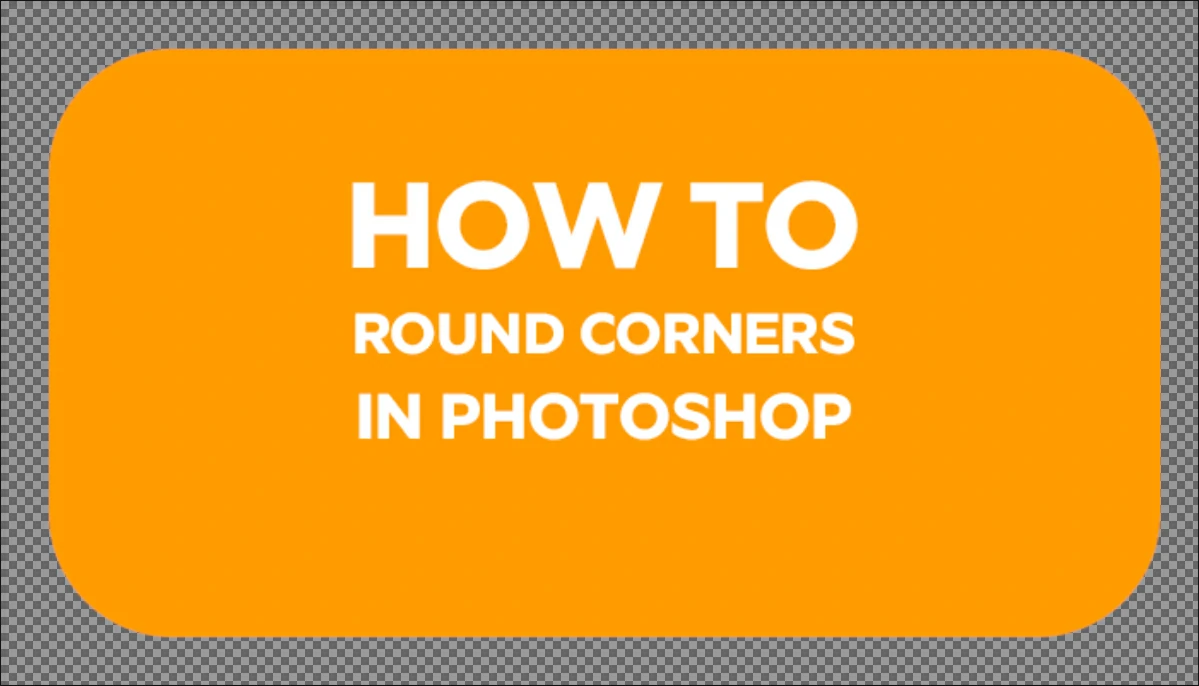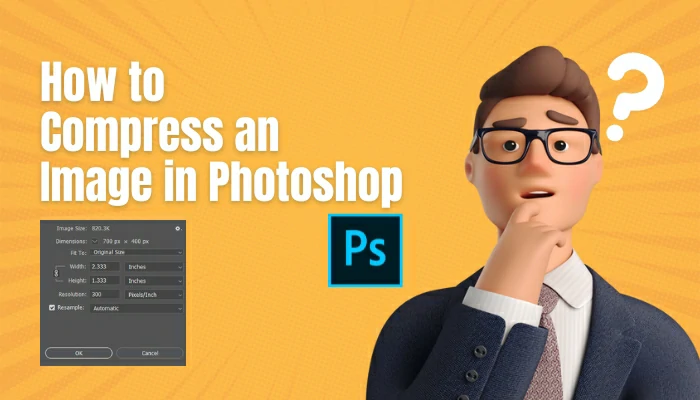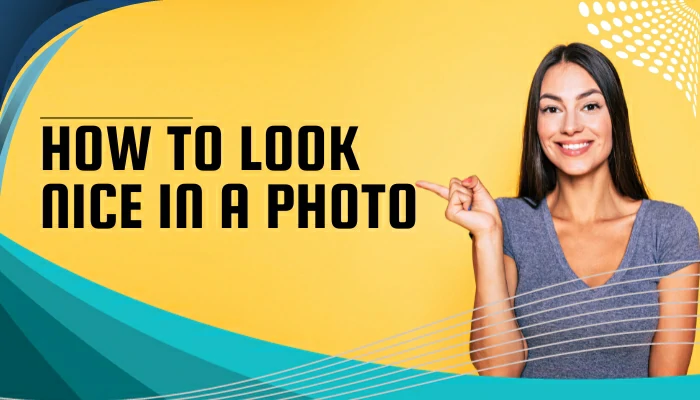How To Set Up Studio Lighting For Product Photography
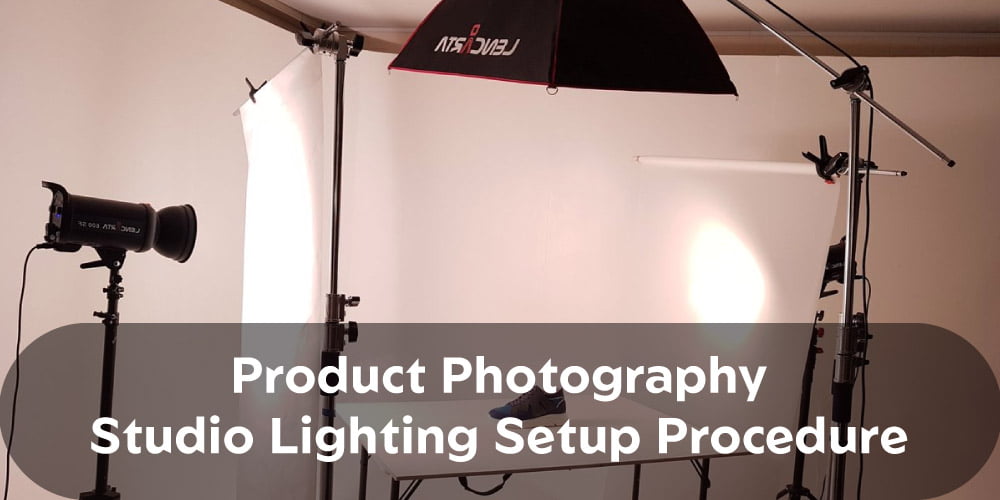
When it comes to product photography, lighting has a significant impact. The overall picture could be spoiled if there were the smallest changes in the lighting.
Moreover, if you just took the picture under unprofessional lighting, your customer may easily find out, and as a result, the motto of your product photography will be lost. The lighting of a product in a way that the brand’s message should come across clearly in the product image. This product would not shine if it were shown in a poor-quality photograph.
Product photography requires capturing not only the object itself but also all of the product’s tiniest features. Have you ever noticed that the photos on an e-commerce site are different from each other? What do you think? What makes them different from each other? The answer is good photography quality with proper lighting effects.
Your product photographs should be properly lit if you don’t want your customers to be disappointed.
So, to make your client more engaged, you need to know about the procedure of setting up studio lighting for product photography.
What Is Studio Light, And What Equipment Is Needed?
Contents
While working in a photo studio, “studio lights” can refer to many different pieces of lighting equipment used by photographers to create the finest possible photographs. Professional photographers typically have a range of light kits available, depending on the situation.
A studio lighting setup depends on three aspects:
- Artificial and natural light sources
- Usage of a reflector
- Creating shadows
Equipment
- Strobes
- Continuous lights
- Speedlight
- Key light
- Fill light
- Rim light
- Background light
- Hair light
- Umbrella
- Softbox
- Strip box
- Octabox
- Reflectors
- Tripod
The Setup Process of Studio Lighting For Product Photography
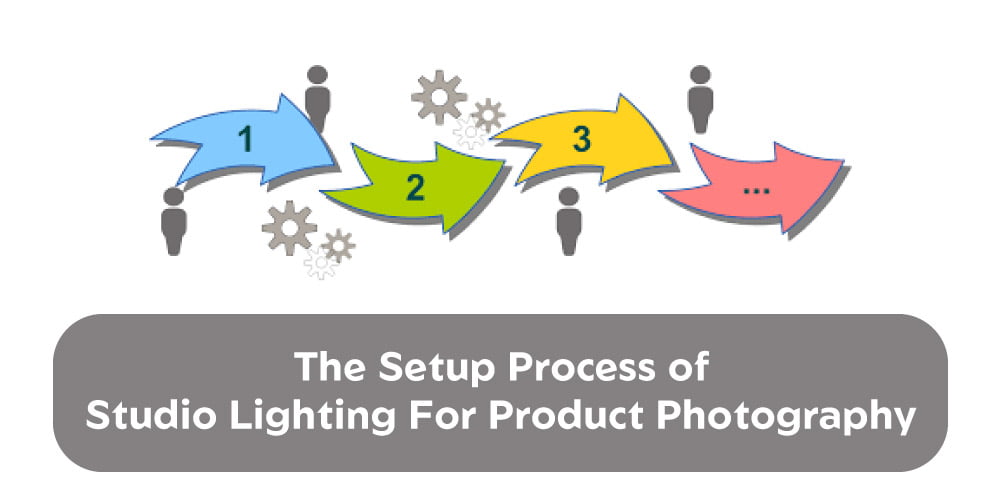
In the case of product photography, you need to set up your studio in such a way that every photo comes out professionally. The quality of your lighting may make or ruin a photo shoot. Fluorescent, LED, and tungsten is the three basic studio lighting types.
There is a trade-off between light production and energy efficiency with fluorescent lights. The typical range is between 60 and 100 watts. Changing out the bulbs is simple and inexpensive. However, they can change color in ways you don’t want.
Because of their high efficiency and low heat output, LED lights are among the most environmentally friendly lighting options available. They are made up of many “light-emitting diodes” (LEDs). Ring lights comprise the majority of LEDs.
In the case of tungsten lights, they produce lots of heat. However, they have the highest power levels. Replacing the bulbs is a simple and inexpensive process. If you modify the brightness, you can change the color temperature. Most of the tungsten softboxes are used for constant lighting.
Moreover, there are a few essentials to the studio lighting setup regardless of which light source you use.
A key light, a fill light, and sometimes a backlight are all necessary. This may appear daunting at first, but after you learn what each light does, it becomes second nature.
Key light
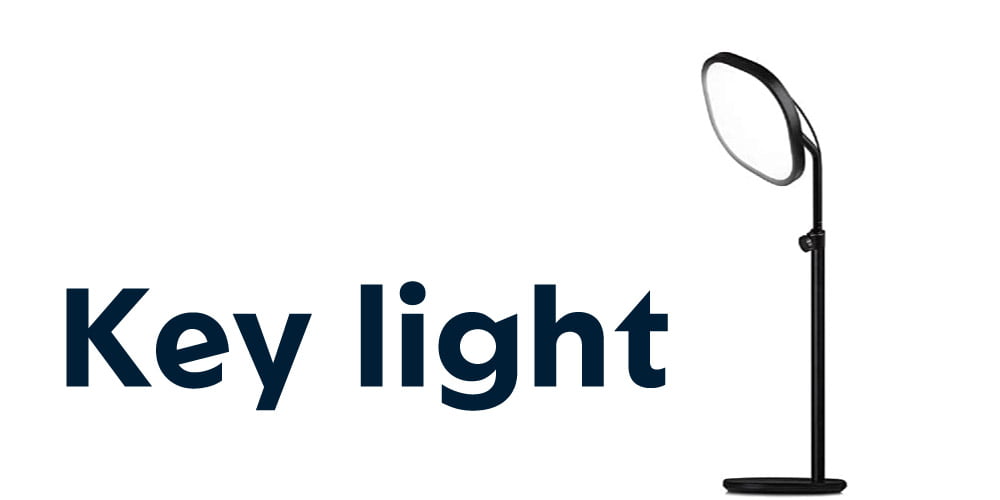
The primary light source is referred to as the “key light.” It puts light straight at the product, and you can set it to any camera side. The key light is quite brighter than other studio lights.
Fill light
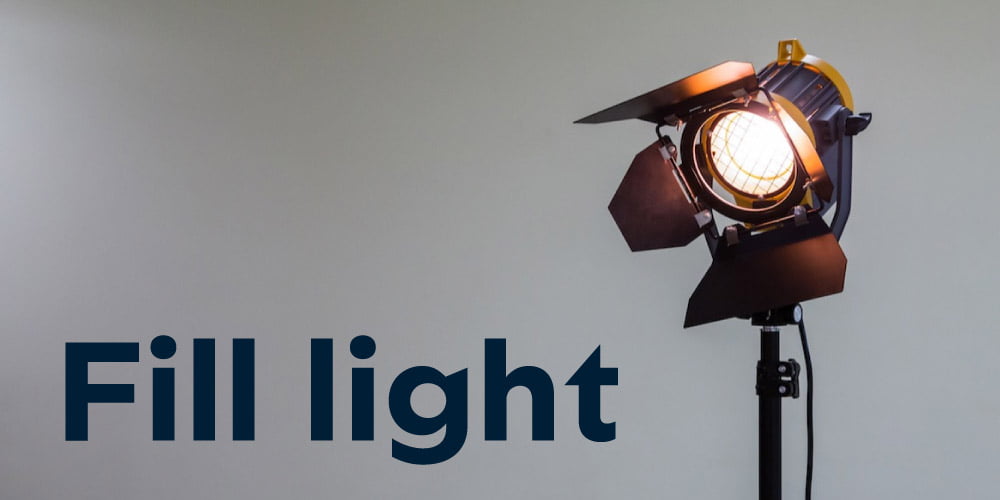
The fill light is the second most important part of the studio light. This fill light shouldn’t be as bright as the key light. Instead, it should be turned down or moved away according to the subject, so we can say it should be set opposite to the key light. The fill light should be placed to the left of the main light if it is on the right side of the camera.
Backlight

Finally, we come to the necessity of a backlight, which highlights the subject from the back. You must focus either behind or above the subject to use this light without ruining the shot. It’s a brilliant concept to use backlights to light objects with finely textured edges, such as feathers or wool.
But if you’re taking a picture of something clear and simple, like shoes, you might not need a real backlight. You won’t need a third light to do the job if your background is reflective. So, give it a try and see if your item needs it or if you can do without it.
Placement of Light
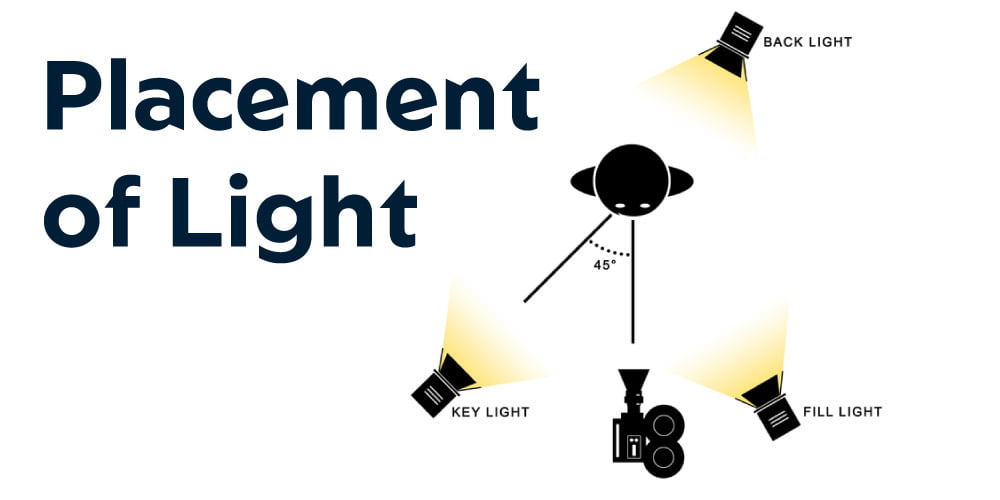
Once you’ve decided what kind of lighting you’ll use, the next step is to set up the lights and start working with them.
First, in the case of Keylight, you can organize your products by using a tripod to photograph. Utilize a key light positioned to the right or left of your camera and directed downward at both the product and your camera.
After the primary light is in position, the fill light should be added. Consequently, if the key light is to your right, the fill light will move to your left. Additionally, it can change its position according to the need because you should not set the light in such a way that the light puts lights equally on both sides of the product. Otherwise, your product would appear flat and ugly.
Whenever things are set, you can use a modifier, such as a special effect or snoot can modify your product’s lighting in a better way.
Make Use of Natural Light
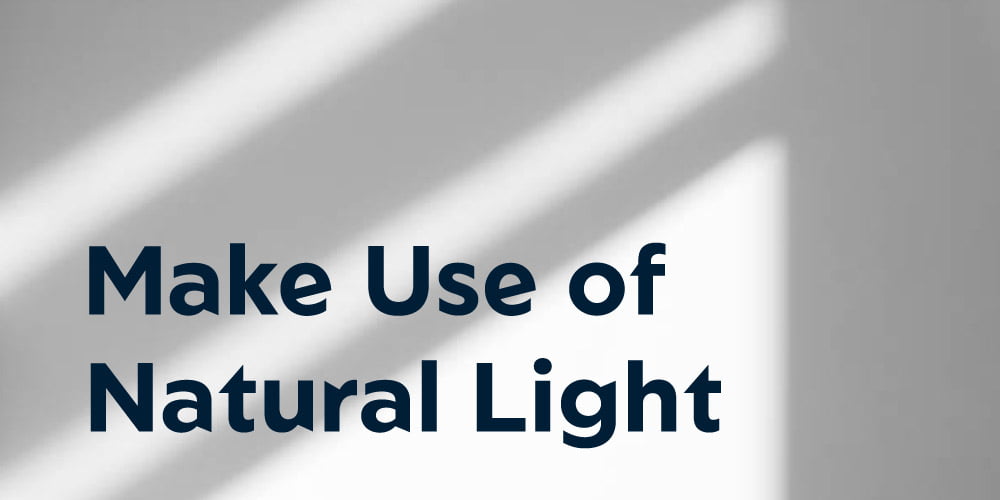
The light that comes from the sun is the most beautiful light for product photography. Artificial lighting, even expensive studio lights, can’t match the quality of natural light. But that doesn’t mean natural light is the easiest to work with. Natural light can be hard to use if you don’t know how to set up your studio light using natural light properly.
It is a common misconception that more light makes photos more appealing. Or, people who aren’t familiar with photography may believe that the best lighting for a photo shoot is a sunny day in the open air.
The truth is that the opposite is true. High-intensity light highlights produce less and create deep shadows. Even with Photoshop, some details may be lost forever. Your preferred light source should be indirect. And there’s no better place than a window light.
To make your product more attractive, place it against the backdrop of the window. The window facing the south is the best for natural light. If you photograph a small product, you can use a table as a prompt.
Common Mistakes In Studio Lighting Setup
Here are common mistakes that photographers do while setting up studio lights.
Picking A Light That Doesn’t Fit The Image’s Mood
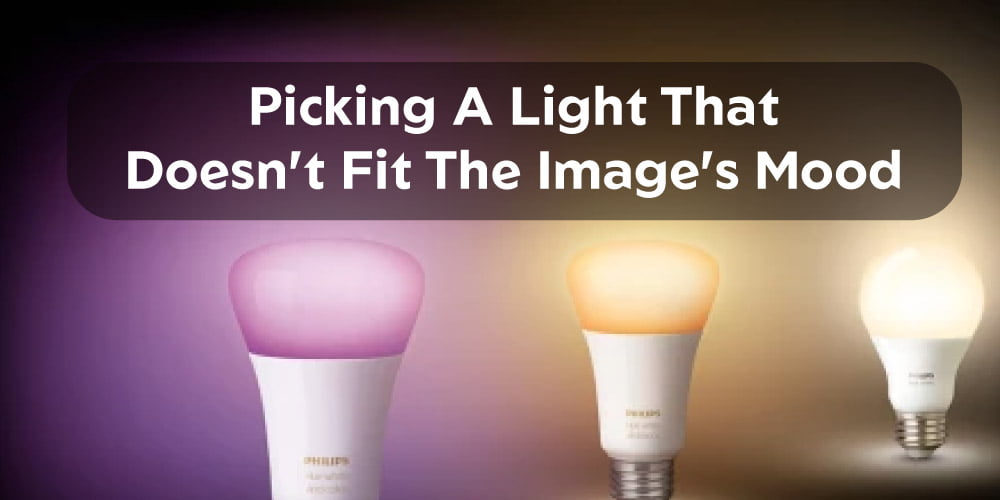
The way light is used can set the mood of a portrait. How a landscape makes you feel depends a lot on whether or not there are clouds in the sky. Light is everything when it comes to setting the mood.
Consider the overall picture you want to express. With this knowledge, you will be able to select the optimal lighting style for your project.
An Attractive Background
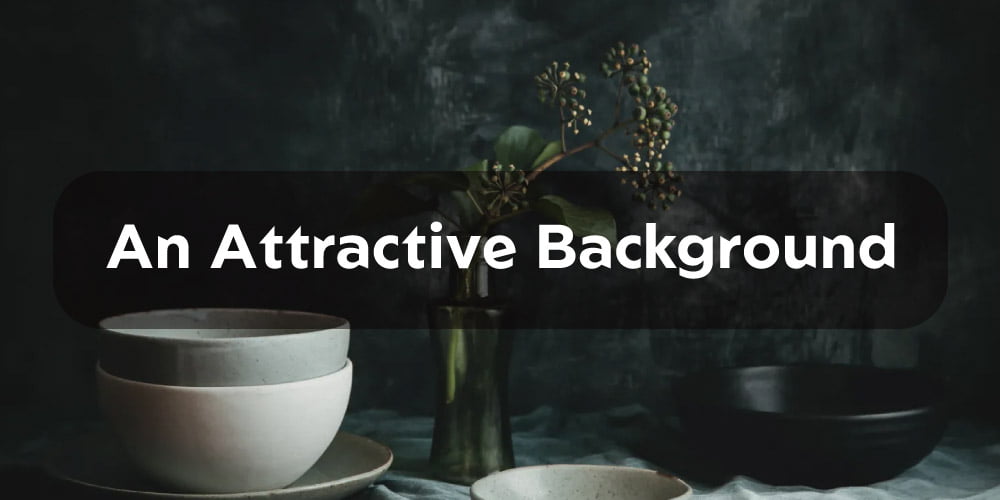
A frequent error is using distracting backgrounds that divert the viewer’s attention from the main subject. A light source or vivid reflection behind the subject often ruins the photograph.
Visual conflict will result if the light in the background is substantially brighter than your subject. The corners and edges of a frame are the most distracting features. You can reduce or eliminate excessive light by slightly tilting your head to the left, right, up, or down. In some instances, changing the subject may be the best decision, even if it is impractical.
In low-light photography, a longer lens may help to restrict the quantity of background you capture.
Adding An Unpleasant Shadow In The Background
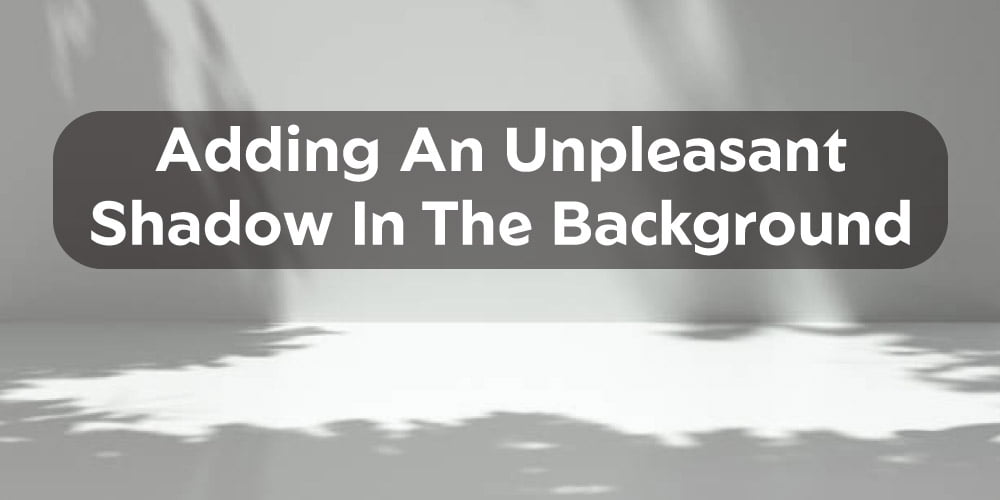
Lighting issues can arise when you position your product too close to the background. A subject’s shadow should be avoided unless it is an intentional element of the composition. Especially when photographing in harsh light, a dark shadow is typically obtrusive.
Light leaking into the background is another frequent error. Whether or not the subject’s shadow is visible, the light spill can adversely alter the color and tone of the background. Controlling the lighting with just enough in the backdrop enhances portraiture and product photography.
Zero usage of the reflector
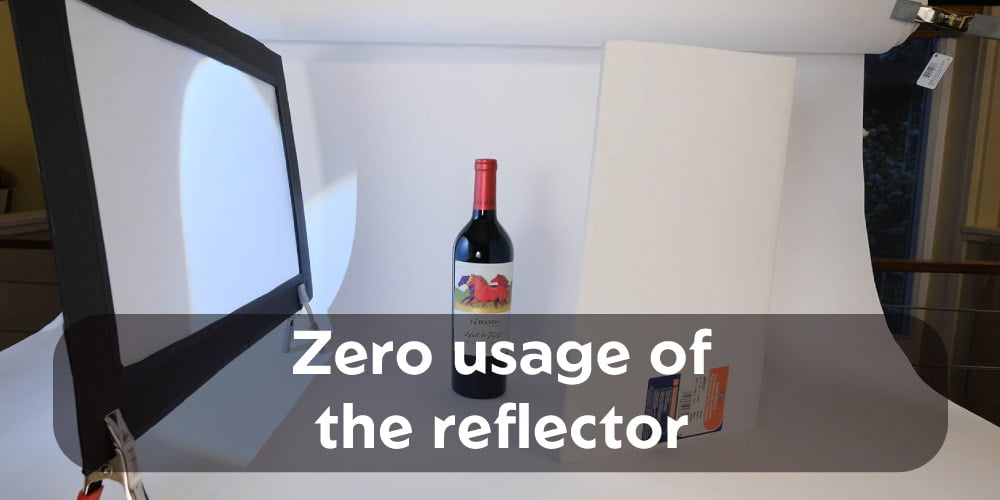
Another common lighting mistake in portraits is putting the main light too high above the subject. This will look terrible if you don’t use a reflector or another source of light to fill in the shadows. To stop this from happening, lower the light or wait until the sunlight is lower.
But the truth is you don’t have to wait until the sun goes down to use a fill light or reflector. It depends on the mood of the picture you want to create. The best place for your main light may be high above your subject.
Bottom Line
We can not skip the studio light preparation in the case of product photography. Set up your key, fill, and backlight appropriately. Use natural light as much as you can rather than artificial one. Keep attention to your camera aperture, shutter speed, and focus.
